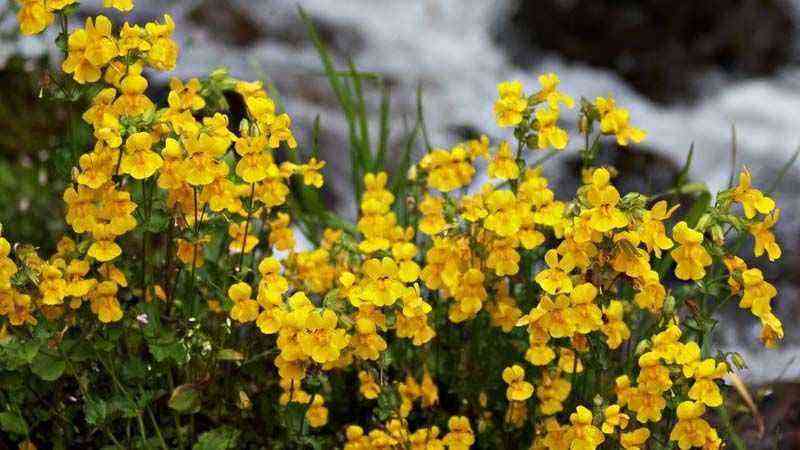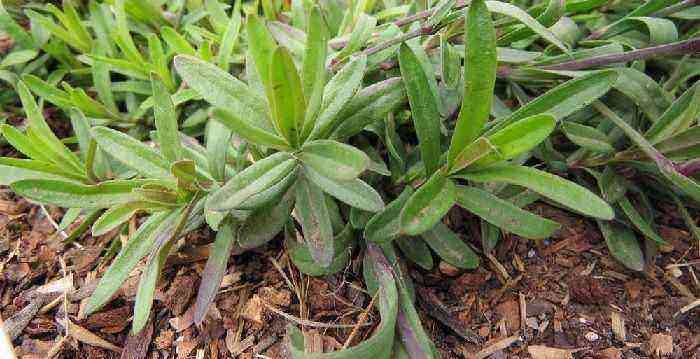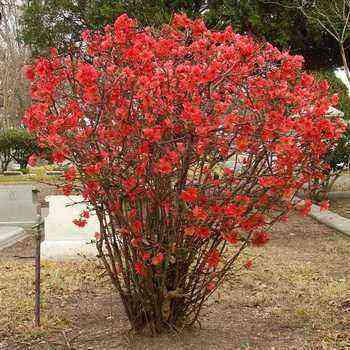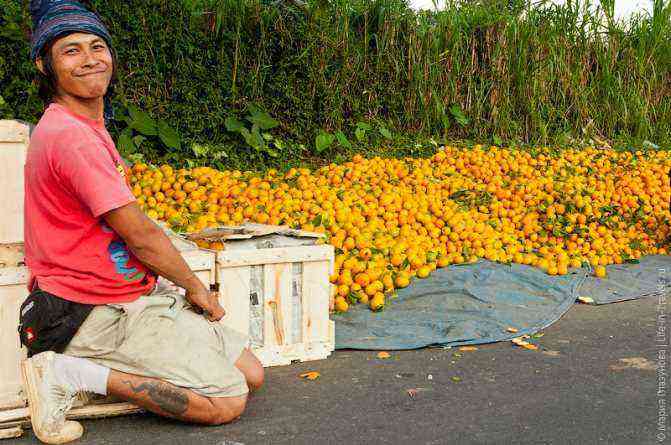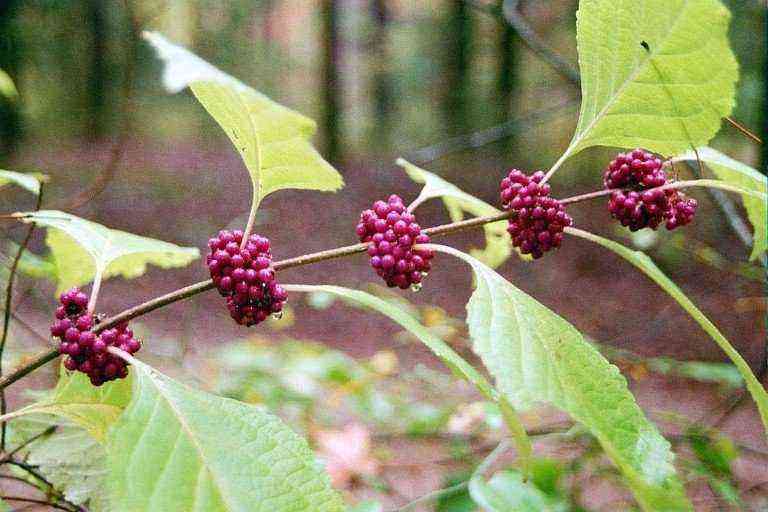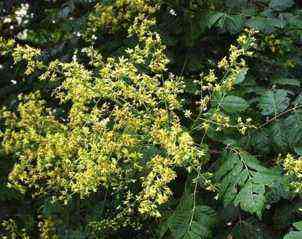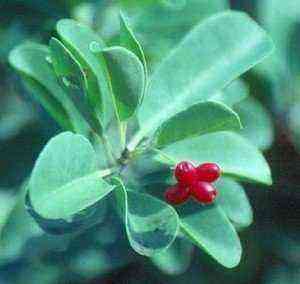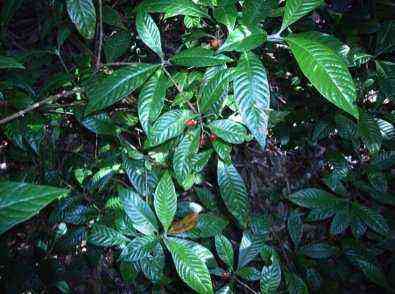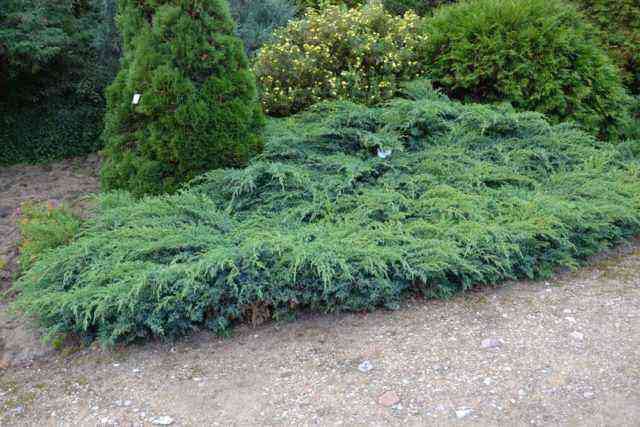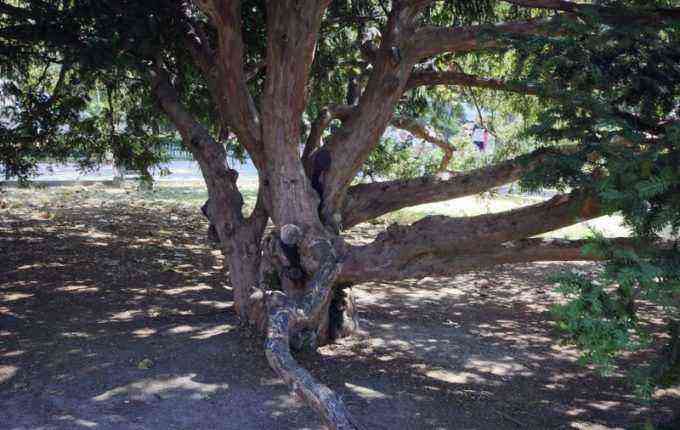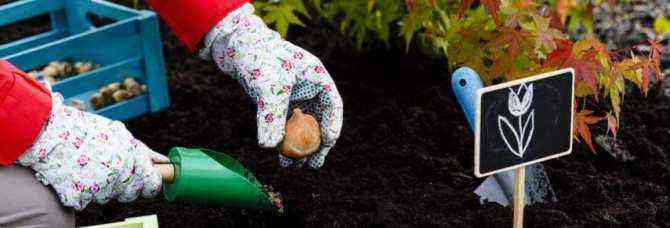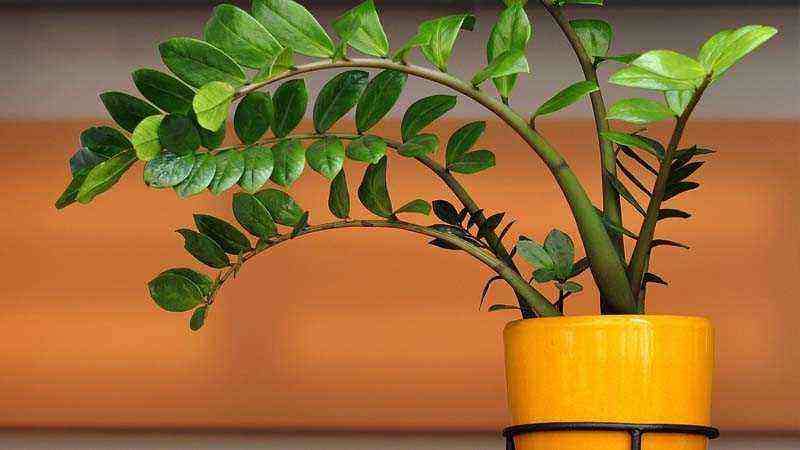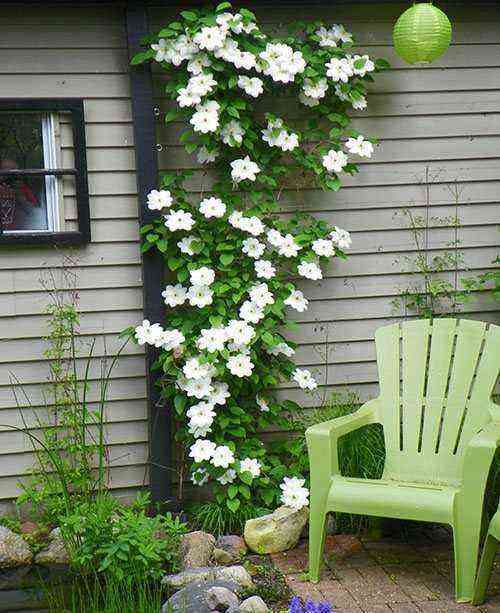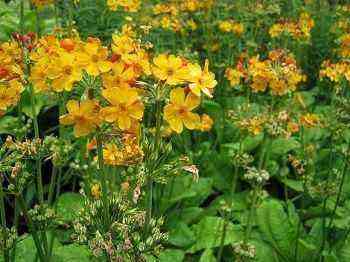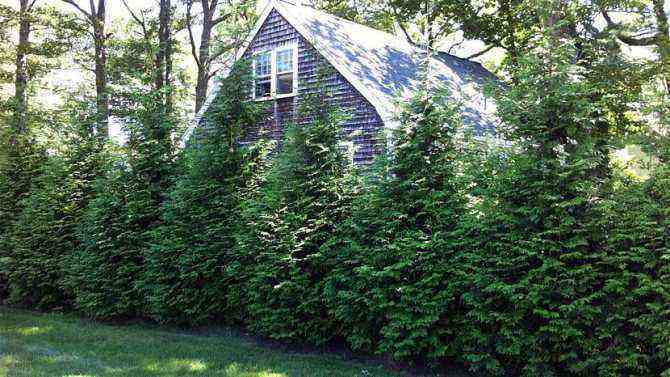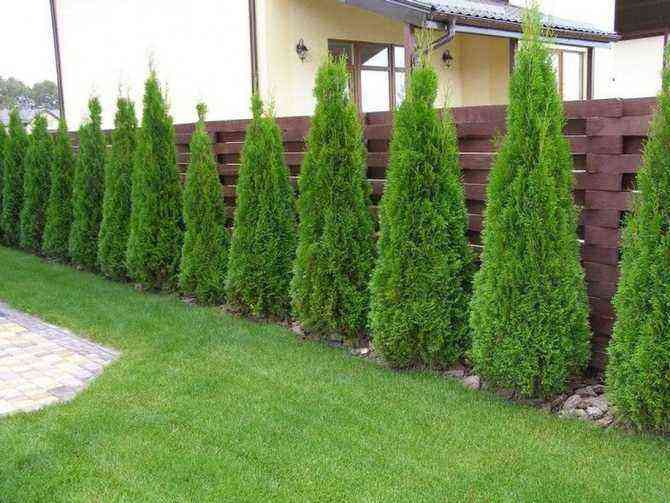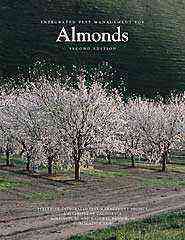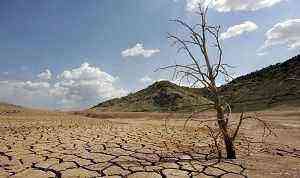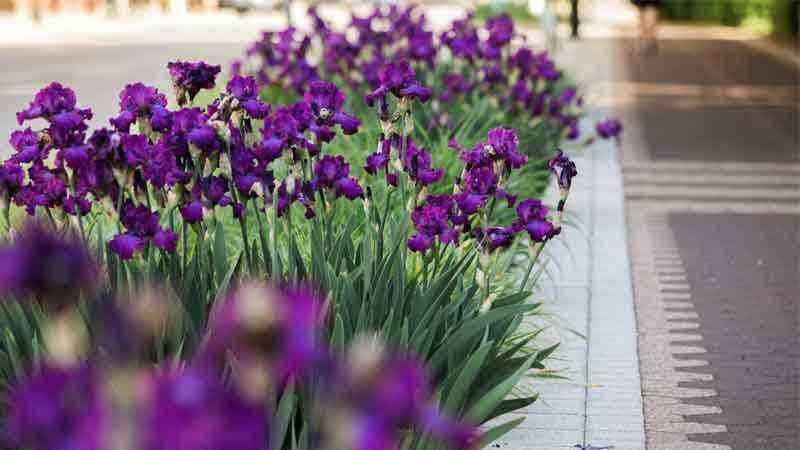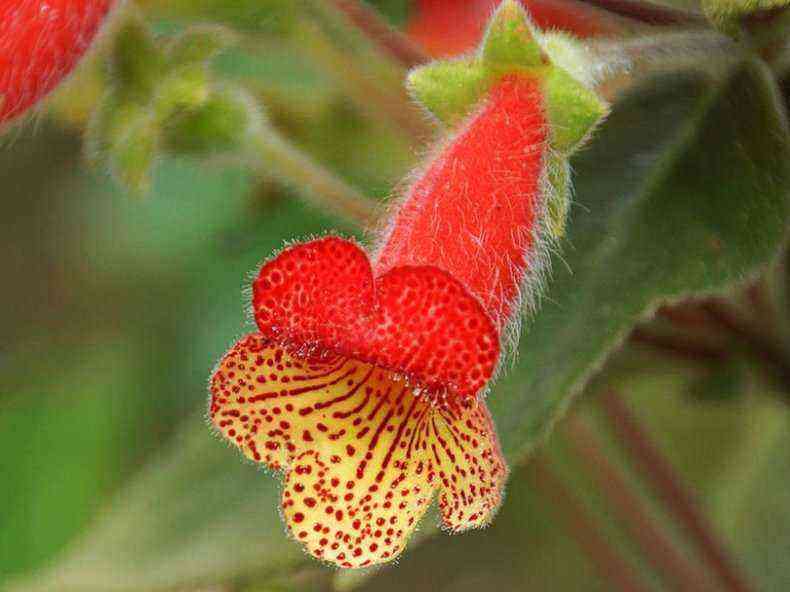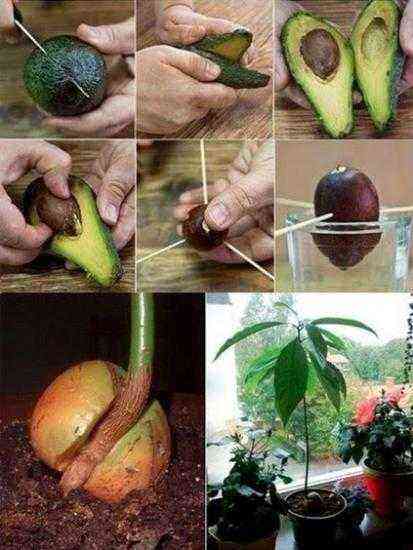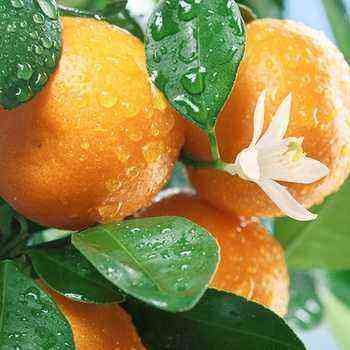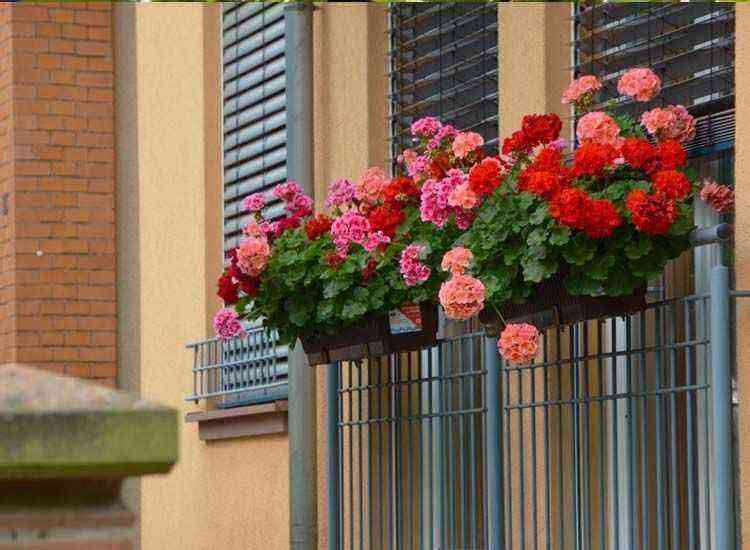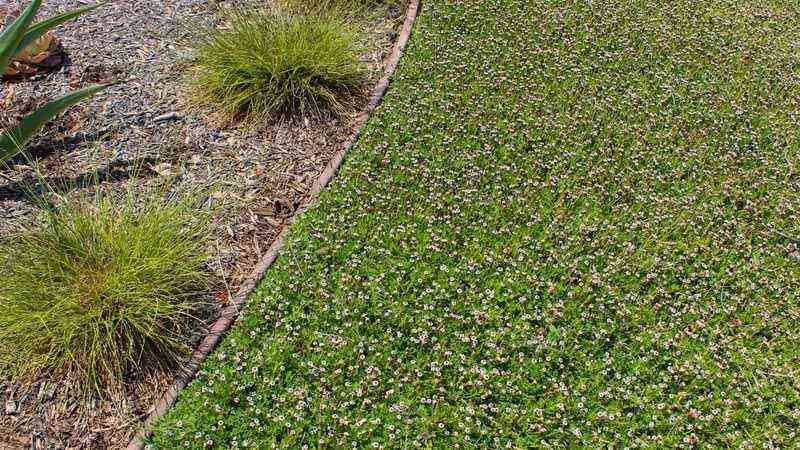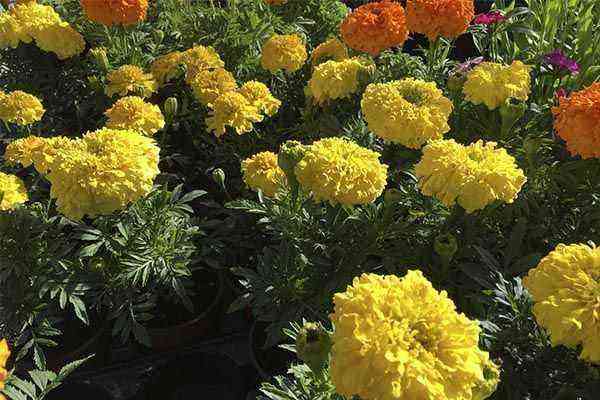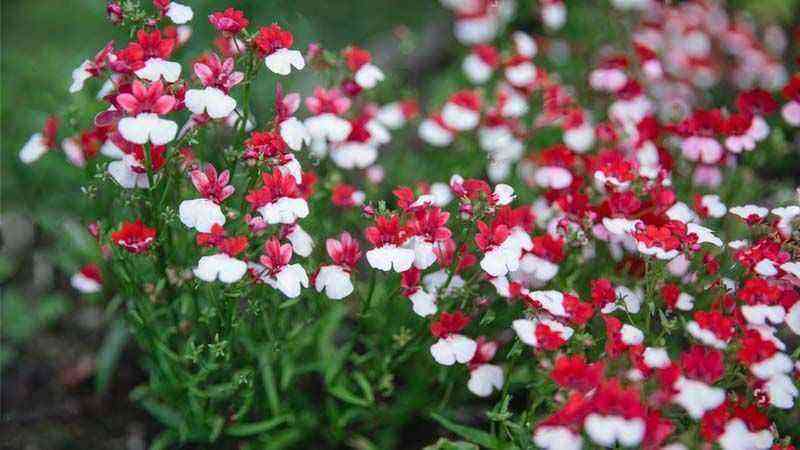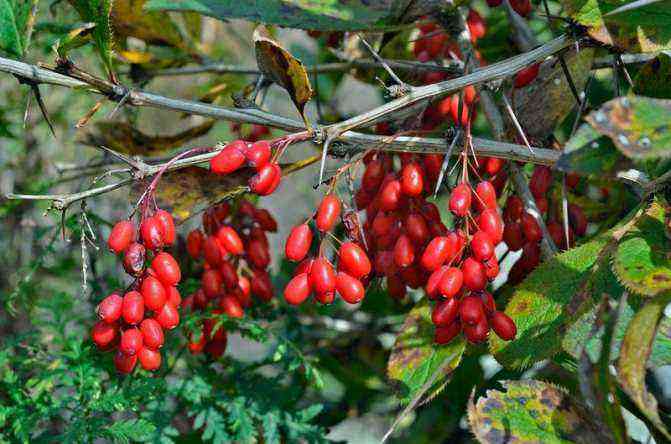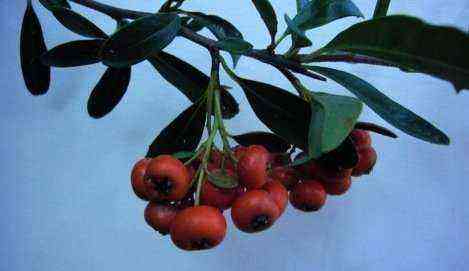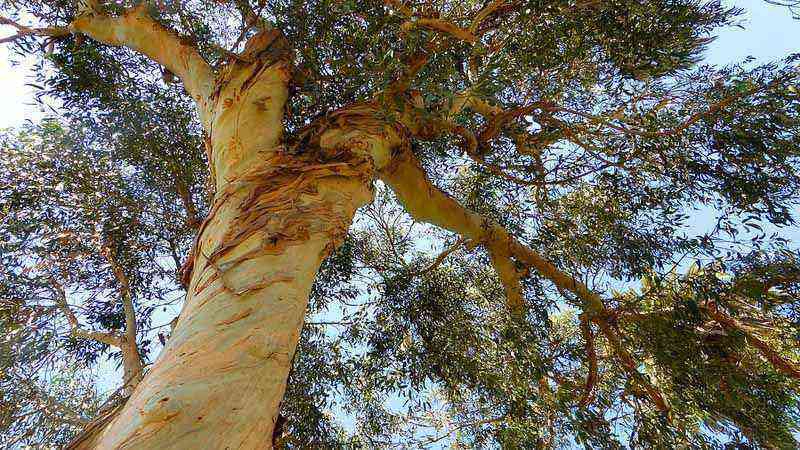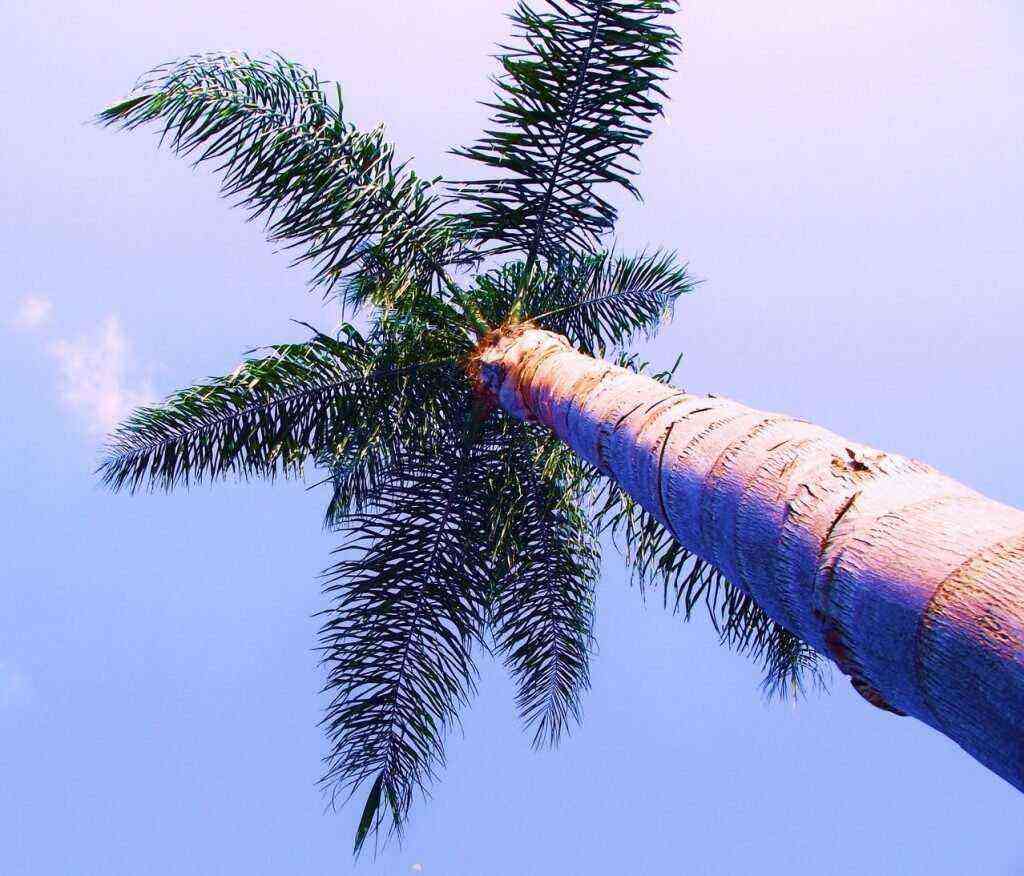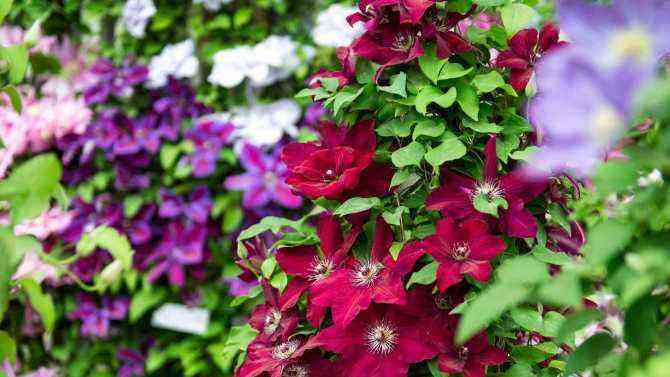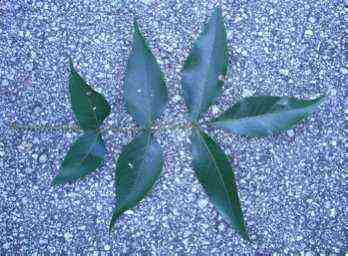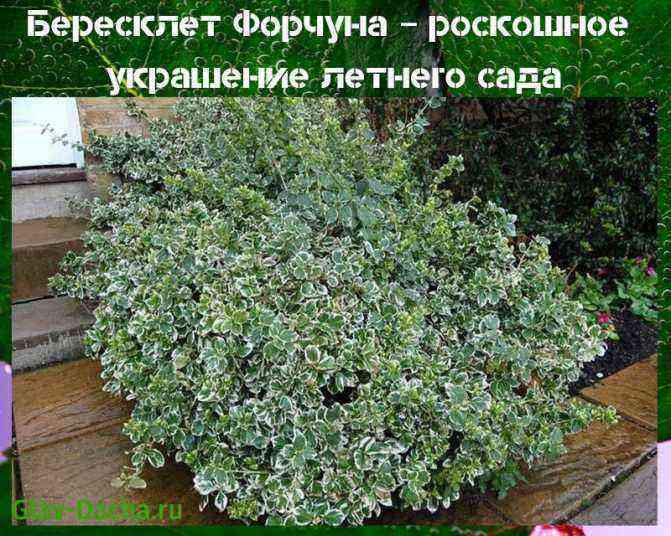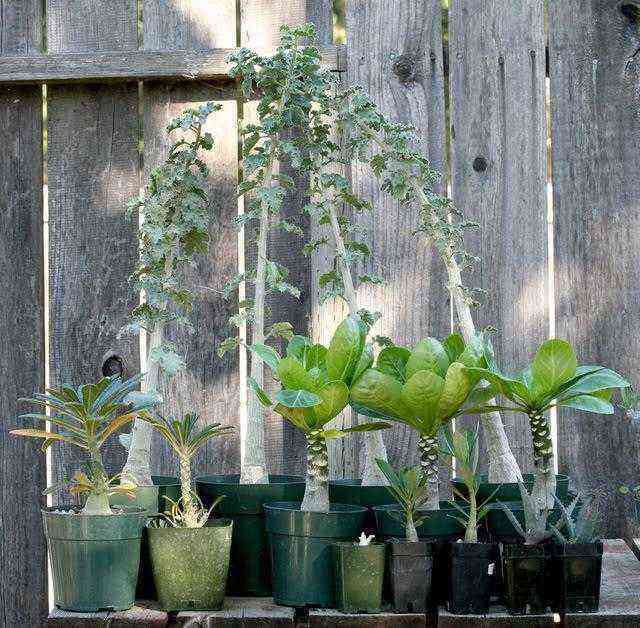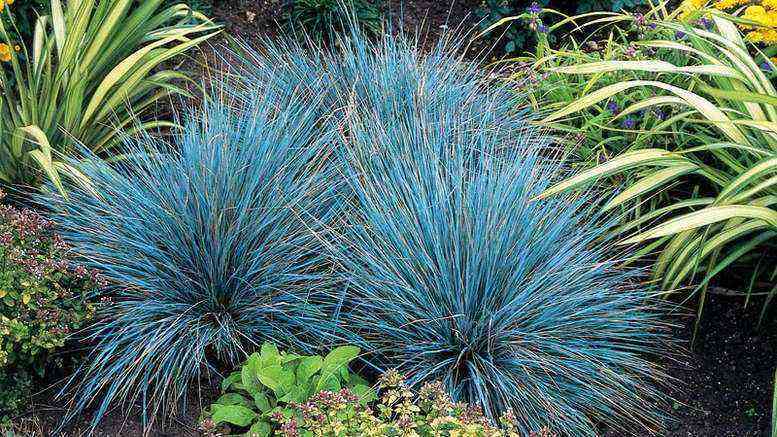We continue with the genus Plumbago to present one of the most cultivated species for its ornamental value known as blue jasmine. In this post you will find the keys to its cultivation and care both for the garden and for pots or planters.
Origin and distribution of blue jasmine
I’m sorry to tell you that if you were looking for the title of Woody Allen’s movie Blue Jasmine, you’re not going to find anything about it here. Although it is a good film, here we are going to focus on the plant that gives its name to the title of this film.
Blue jasmine or blue plumbago has two scientific names that are synonymous. On the one hand is Plumbago auriculata and on the other, Plumbago capensis. We have already talked about the genre Plumbago by another species of the genus, Plumbago europaea L. known as beauty.
Although it is originally a plant from South Africa, it is widespread throughout the world in warm and temperate areas normally since frost does not support them well as we will see later.
Although we have already commented on it in another article, the genre Plumbago is characterized by the fact that various plants of the genus contain leaden like beauty. We do not know if this plant contains plumbagin in significant concentrations.


Distribution of Plumbago auriculata. Source: GBIF.org
Characteristics Plumbago auriculata
This plant, like many of the genus, has a shrubby habit. Also creeping or upholstery as pruned. If left free, it will become a rounded bush. Blue jasmine can reach a height of no more than 3 meters, this being a figure rarely reached. The plant can be spread Up to 2 meters and with upholstery structure as we have mentioned or creeper if it finds vertical support where it can thrive. It is a plant that needs room to grow and does it quite quickly. Its maximum size reaches between 3 and 5 years approx.
Its characteristic blue bloom is due to a compound that is very present in other plants such as vine or red cabbage. It is the group called as anthocyanins. Does it sound familiar to you?
How to explain fall color and what it has to do with anthocyanins
The change in color of the autumn leaves of deciduous trees is due to the rchlorophyll absorption (green pigment) facing winter and is a form of pure and hard energy efficiency. They stop producing chlorophyll because they know winter is coming and go into torpor until the following spring. What remains then are other pigments, reddish, bluish or purple (anthocyanins) or gold and orange (carotenes). These pigments protect cells among other things from UV rays. Are actually Antioxidants.
Cases of plants with a large amount of anthocyanins are the vid, the liquidambar, the Lombard or several arces.
In the case of blue jasmine, the anthocyanidin present in this plant is the capensinidine, colored as you can imagine, bluish being a water-soluble pigment that is extracted for use as a dye.
The small flowers of 5 petals are grouped in cluster inflorescences generating authentic flower pompoms. Similar occurs with hydrangea for example. Its attractive blue color and especially the aroma of its flowers is an attraction for pollinators, especially butterflies and other lepidopterans.
Cultivation and main care of blue jasmine
Temperatures and lighting
Its rusticity is considered to be low in the face of winter temperatures. It is a perennial plant in those areas where the winter minimums do not drop below 0ºC. However, it will be much more comfortable if the minimum temperatures during winter are above 5ºC. If you suffer from severe frosts in winter this plant will die and you will have to transplant it the following year. However, in cold areas you can mulch the plumbago plant and the following spring it will sprout again.
- Based on USDA Hardiness Range: H10 (from 1 to 4ºC)
- According to the UK hardiness range: H2 (Tolerant to low temperatures, but does not survive frost, 1 to 5ºC)
It requires south or south east orientations in full sun although it also tolerates some semi-shade. Of course, we will sacrifice some flowering in this case. It is not advisable in north orientations.
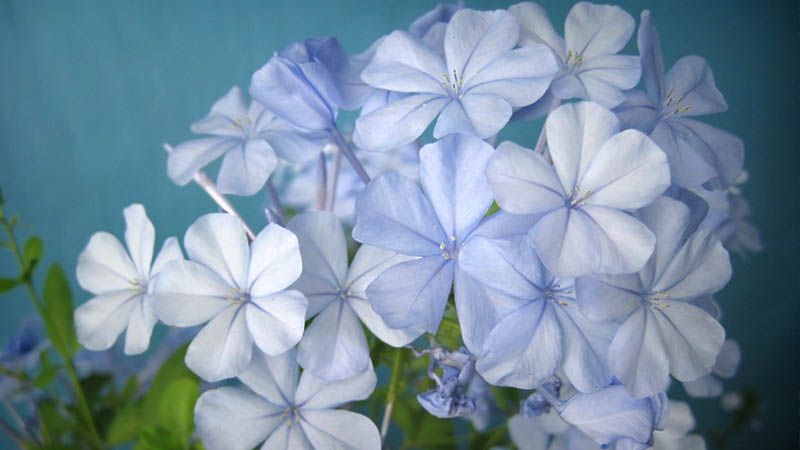

Soil and fertilizer
Tolerates various pH ranges including slightly basic to slightly acidic. The most limiting factor may be soil texture. We could need a drainage somewhat greater than normal for any plant. Poorly withstands waterlogging. It requires a soil of normal fertility. Any universal substrate is more than enough. A part of sand can be added to improve drainage or perlite if desired. If it is grown in a pot, you should transplant it every 2-3 years or so to renew soil and nutrients.
Irrigation and humidity
If we take into account the good previous drainage, we can water without major problem during the period of more activity (flowering) and reduce the waterings in winter. Tolerates drought well. We only have to see the map at the beginning to get an idea. In fact, too much water will be counterproductive. Suffers from root asphyxia if it rains or overwaters. Hence, the soil must be draining. If it is grown in a pot, we must water a little more regularly since the earth tends to dry out earlier.
Pruning blue jasmine
The pruning of climbing plants is generally established based on the blooms. In this case, it should be done at the end of flowering in the fall. Tolerates severe pruning well. As a general rule we can eliminate very long shoots, those dead branches and prune above the fourth bud on the lateral shoots to compact the plant and favor the carpet-like character. Thus we induce the formation of flowers in short shoots, achieving uniformity in flowering and vegetation. We let the flower expand in length of branches too much, we will cause the plant to tend to the apical areas.
Propagation
It can be done by seed or by semi-woody cutting. By seed it is easy since the germination power of this plant is tall. It is recommended to use a greenhouse if you want to advance the sowing a little in cold places. Otherwise, when temperatures range between approximately 13 and 18ºC, it can be done outdoors. If it is by cutting, we will have to wait for the summer.
If you decide on the cutting, cut a semi-woody stem and drive it into the ground. Do it in summer when the stems have not completely lignified. In this case, you should maintain more frequent watering, maintain the always wet earth until it generates roots. It will take about a month.
Plagues and diseases
It is quite resistant but like many garden plants it can be affected by typical pests such as White fly, cochineal cottony or spider mite. Aphid It is practically non-existent and has a fairly woody stem. It is very possible that you will see other plants attacked before the blue jasmine.
Varieties of blue jasmine
From the moment a plant has ornamental value, the human being modifies cultivars and hybrids them in order to exaggerate and change characteristics to make them more attractive. This is the case of varieties such as Imperial Blue with a much more intense blue. In this case, they are hybridized until the capensinidin production is much higher getting a much greater appeal. The example is the cover photo.
